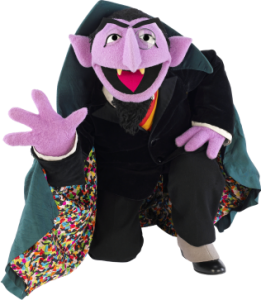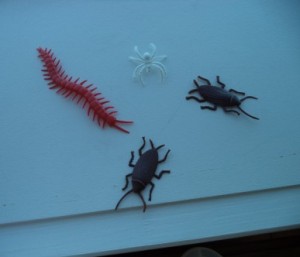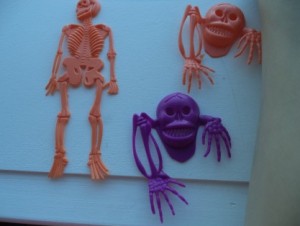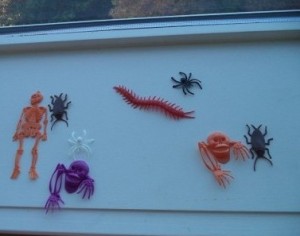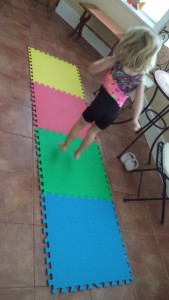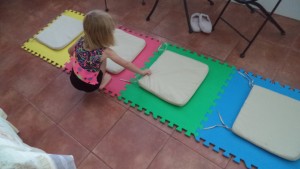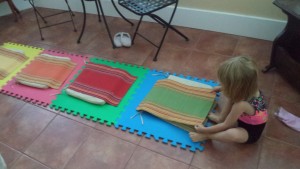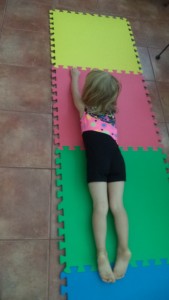Number sense develops as children play with and experience numbers. Counting dinosaurs is an appealing and fun activity for young children.
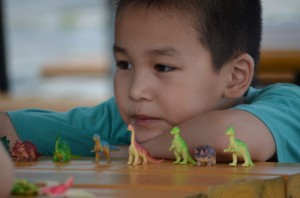 Dollar stores often have inexpensive bags with an assortment of dinosaurs. These can be used for counting and other fun. Kids just learning to count may not have all the names for the numbers and they may not be able to say them in the right order, but counting accurately develops from countless practice doing it over and over.
Dollar stores often have inexpensive bags with an assortment of dinosaurs. These can be used for counting and other fun. Kids just learning to count may not have all the names for the numbers and they may not be able to say them in the right order, but counting accurately develops from countless practice doing it over and over.
Not only are kids learning to count, they are figuring out how many items go with each number. To develop the concept of ‘twoness’, the brain needs to see, hear, and feel how many is two many, many times. As kids hear us and themselves counting two, see two objects and feel two, the brain makes the connections and pathways. This is part of number sense.
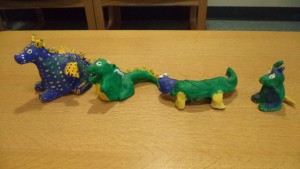 As kids are counting, we can occasionally ask them to show us how many is 3 dinosaurs and other numbers too. We can make comments like, “Oh look, 4 dinosaurs is more than 2. I can see 4 dinosaurs here and only 2 over there. ” We can listen to them count and when they stop, add one more and say the number. It’s obvious to us, but it takes practice to understand that counting the next number means adding one more. Of course, older kids will be able to count much higher and more accurately than younger ones.
As kids are counting, we can occasionally ask them to show us how many is 3 dinosaurs and other numbers too. We can make comments like, “Oh look, 4 dinosaurs is more than 2. I can see 4 dinosaurs here and only 2 over there. ” We can listen to them count and when they stop, add one more and say the number. It’s obvious to us, but it takes practice to understand that counting the next number means adding one more. Of course, older kids will be able to count much higher and more accurately than younger ones.
Mathematician William Paul Thurston is often quoted as saying, “Mathematics is not about numbers, equations, computations, or algorithms, it’s about understanding.” Understanding will grow as children have opportunities to play with numbers.
Speaking of numbers:
- Do you know what is a T. Rex’s favorite number?
- It’s eight (ate.)
How many dinosaurs can come out and play at your house or center?

